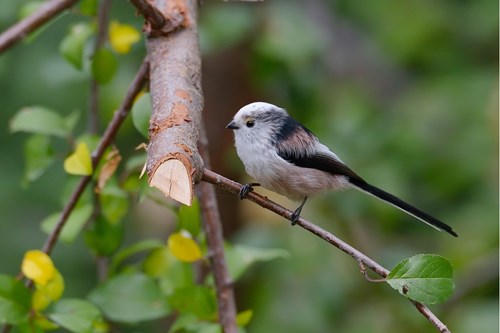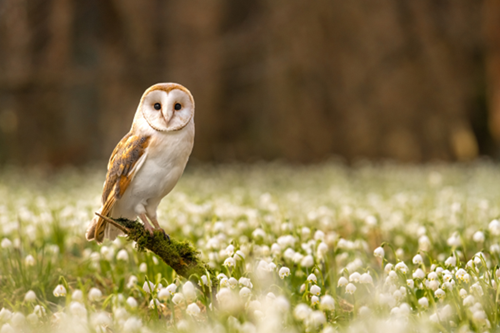Birds of a Feather

As farmers, nature conservation is something the industry is hearing more and more. It is easy to think that a biodiversity crisis requires significant action, meaningful and immediate. It is even easier to think ‘I don’t have the scope for something like that’ or ‘It’s such a big problem, what can I really do?’. However, action for nature need not break the bank, nor is it only possible with grant aid.
In a new report, recently published, NatureScot has set out some of the ups and downs for farmland birds in Scotland. Some species, like Chiffchaff, Blackcap and Great Spotted Woodpecker have recorded 500% increases in their populations since 1994. Whereas others like Kestrel, Greenfinch and Lapwing have recorded declines of up to 50%. The report highlights the challenges of land-use change, habitat loss and climate change – but clearly something is working for some species.
With this context, those looking for a low cost, high nature value win need look no further than the bird box.
I cannot stress enough how helpful it can be to put a couple of bird boxes up. In the absence of enough trees in the farmed landscape, nesting boxes provide important winter and spring nesting sites that are, at the same time, relatively inexpensive and non-obstructive. Different suppliers will have different specifications depending on materials used and the target species, but the following are some species of particular conservation interest:
- Barn Owls
- Kestrels
- Tree Sparrows
- Willow Tits
- Pied Flycatchers
- Swifts
- House Martins
Standard bird boxes should:
- Be made of an untreated wood or wood concrete compound and be weather resistant and chemical free.
- Use responsibly sourced materials.
- Have small holes in them to promote free drainage.
- Be located out of reach of predators where possible.
- Have the correct dimensions for your target species.
For a note on maintenance, ideally boxes would only be cleaned outside of the nesting period, so between September and end of January.
For those looking to house larger birds, like the aforementioned Barn Owl or Kestrel, bespoke boxes are available. Though these larger birds will often have wider habitat requirements that must be satisfied before they will take up roost. For an adult Barn Owl that is 14 – 47 hectares of farm land (up to 26 hectares in mixed units).

On Barn Owls specifically, the species does not like densely wooded habitat and favours open farmed landscape where they can hunt and fly freely. Barn Owls tend to hunt across upland rough grazing pastures that are more extensively grazed and where cover and shelter potential is much higher for small mammals (field mice, voles and shrews). Thus, benefiting the owls too. They can also benefit from ranging across fields of winter stubble, where post-harvest there is often residual grain that entice small mammals from cover. Creating and managing habitat for the benefit of species lower in the trophic scale will also be indirectly beneficial for owls in general. Particularly management of wildflower rich grasslands.
Happy birding!
Alexander Pirie, Senior Consultant and Area Manager, Alexander.Pirie@sac.co.uk

Unearthed is the exclusive SAC Consulting members' monthly newsletter. Unearthed offers insights and tips from our experts on what we think is in store for farming and crofting in the coming months in order to protect and enhance your business.
Posted by Unearthed News on 24/09/2024
